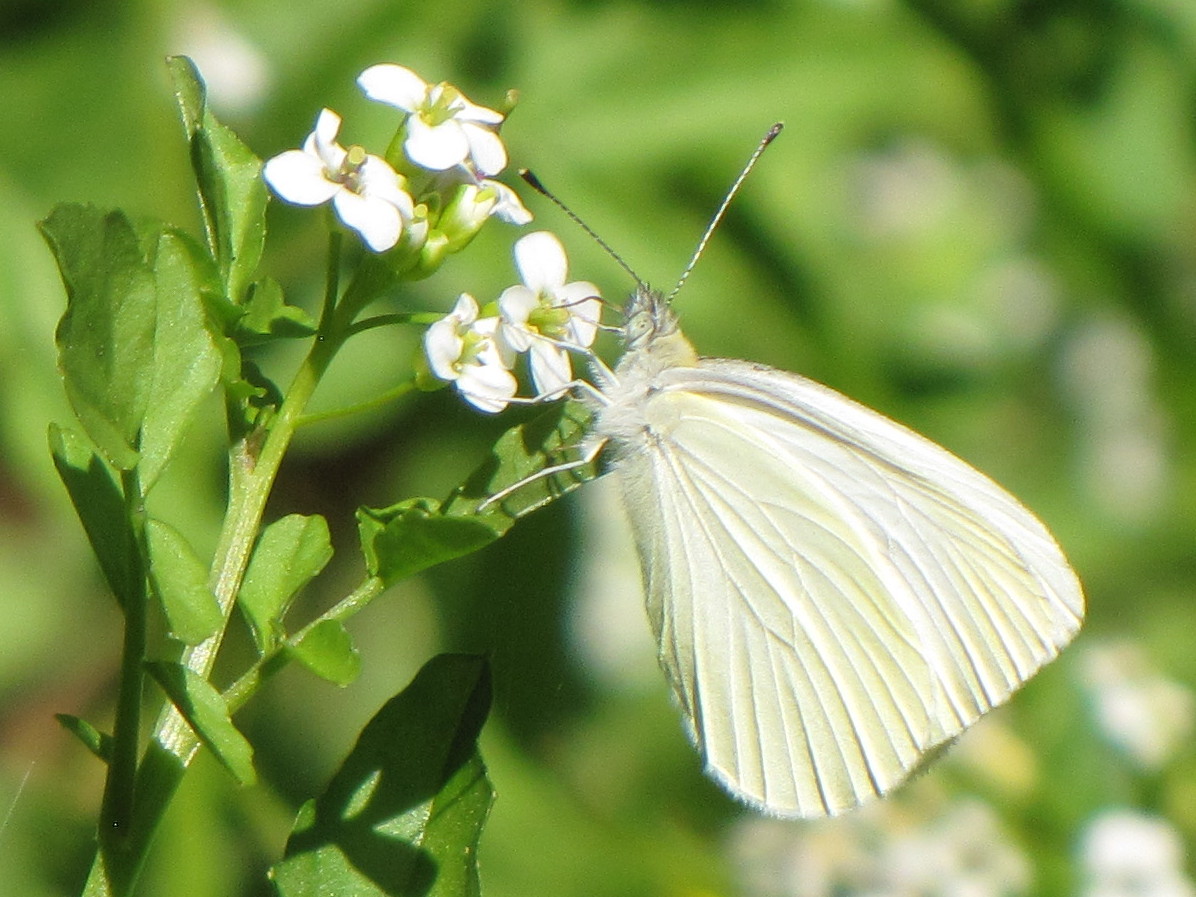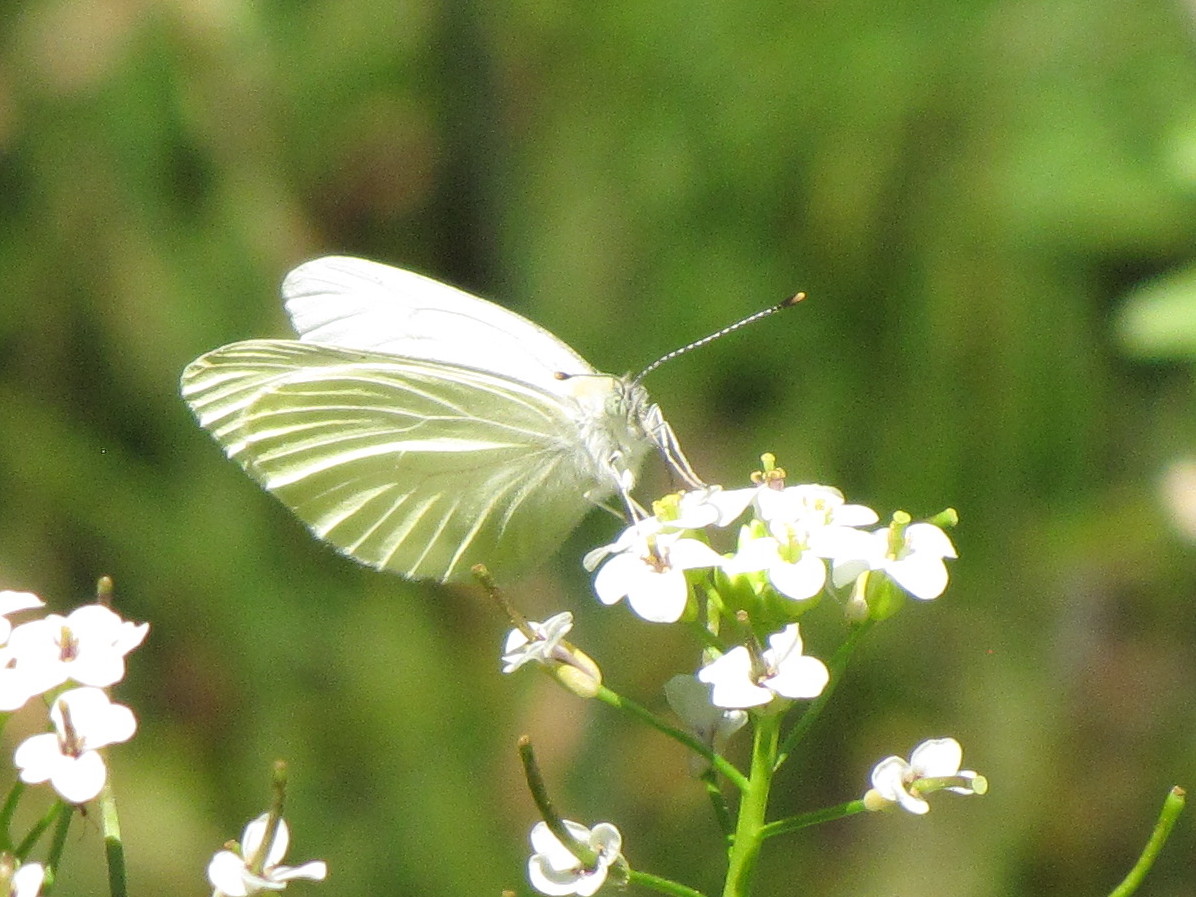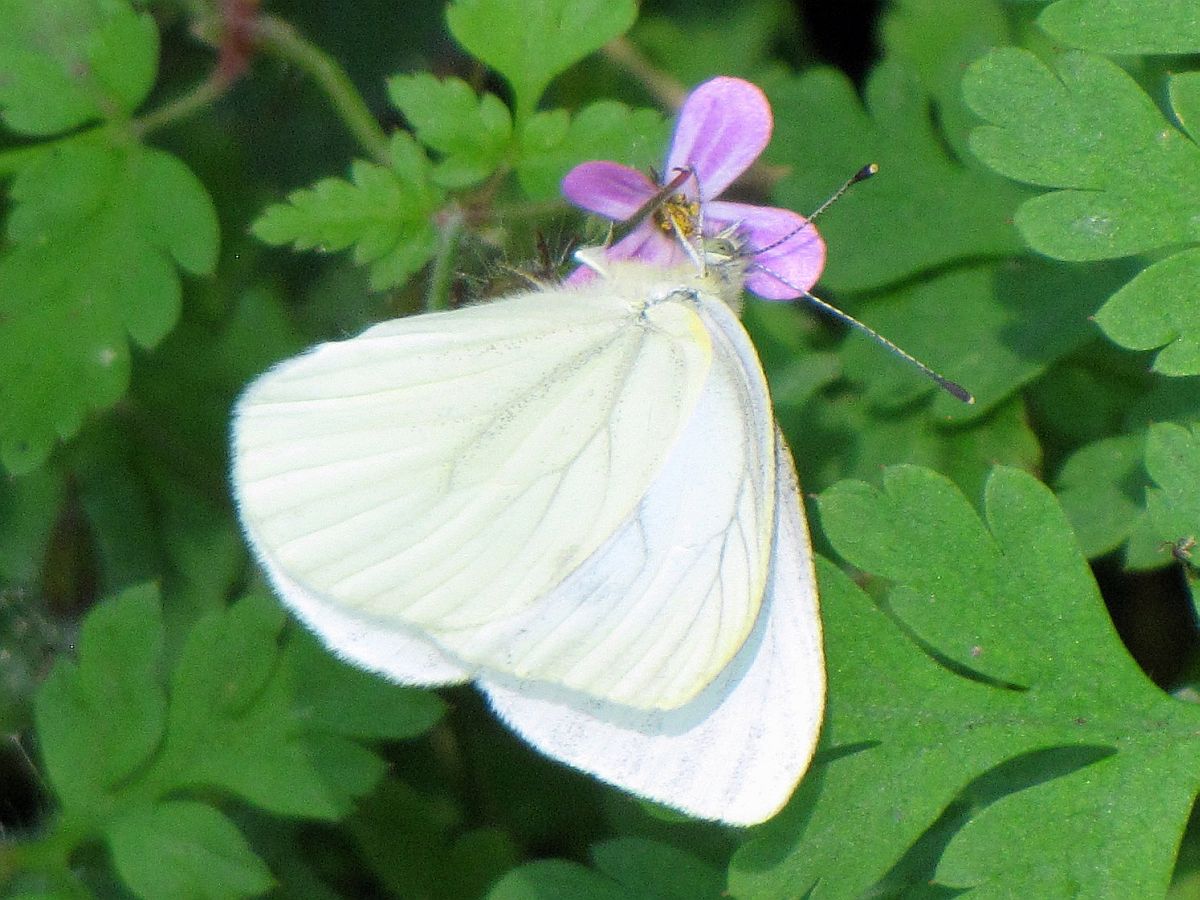July 2
2017 July 2
Reminder: From July 6 to July 22 (Jeremy Tatum writes) I shall be on holiday and very unlikely to be able to operate Invert Alert. By all means save up a very few of your most interesting photographs for when I get back, especially of insects rarely photographed, but it would be nice if, upon my return, I did not have to process large numbers of photographs of our frequently-photographed insects. Thank you all.
Jeff Gaskin writes: Yesterday, July 1, I was at Swan Lake and I found the following butterflies : 28 Lorquin’s Admirals, 11 Western Tiger Swallowtails, 10 Cabbage Whites, 2 Essex Skippers, and 1 Painted Lady.
Gerry and Wendy Ansell write: A visit to Cowichan Station on Saturday July 1, 2017, produced the following butterflies:
Margined Whites 6+
Red Admiral 2
Cabbage White 5
Western Tiger Swallowtail 4
Lorquin’s Admiral 2


Margined White Pieris marginalis (Lep.: Pieridae) Wendy Ansell

 Margined White Pieris marginalis (Lep.: Pieridae) Wendy Ansell
Margined White Pieris marginalis (Lep.: Pieridae) Wendy Ansell

 Margined White Pieris marginalis (Lep.: Pieridae) Wendy Ansell
Margined White Pieris marginalis (Lep.: Pieridae) Wendy Ansell
Jeremy Tatum writes: I am very interested in this butterfly, so I hope viewers will excuse a few paragraphs of text. I have once found a caterpillar, and once a chrysalis, of this species north of Cowichan Station. Both were on Dame’s Rocket Hesperis matronalis, and were successfully reared on this plant. However, I suspect the main foodplant is Watercress Nasturtium officinale. Both of these plants grow abundantly there. The first two photographs show a butterfly nectaring on Watercress. The third photograph shows one nectaring at Herb Robert Geranium robertianum, which is not a larval foodplant, but the adults frequently take nectar from these flowers. [Added in press, just before posting: The identity of the plant I have been calling Watercress Nasturtium officinale needs confirmation. If a botanist can help, let us know. Keep an eye on this site for what we eventually conclude.]
Many of our Margined White butterflies are totally immaculate – pure white with no markings. There are no particular markings on the margins of the wings – the English name is just copied from the scientific name marginalis, which is merely a label, and not descriptive. However, in some (such as the one in the third photograph) the veins on the underside of the wings are accentuated with grey. I have seen specimens with veins more accentuated than this. Also occasionally I have seen a pair of gray spots in the middle of the upperside of the forewings.
I suspect (but am not 100 percent certain) that there is a sex difference, the females being more heavily marked than the males. I also suspect that the species is bivoltine, and the spring generation is more heavily marked than the summer generation. Thus if you see a heavily-veined butterfly on the underside, with two grey spots on the forewing upperside it is likely to be a spring generation female. A summer-generation male, on the other hand, is pure unsullied white.
Finally (for now anyway!) from what I have been able to see, the caterpillar and chrysalis are indistinguishable from those of the European Green-veined White Pieris napi. I believe that, depending on one’s concept of “species”, a case could be made for saying that the two are conspecific, and that Pieris napi is a Holarctic species with a wide range, and with a corresponding wide range in the variation of its maculation. I have seen Green-veined Whites in Scotland that are very heavily marked, and one could be forgiven for doubting that they are the same species as our immaculate Margined White – until one has seen the very similar caterpillars and chrysalides.
